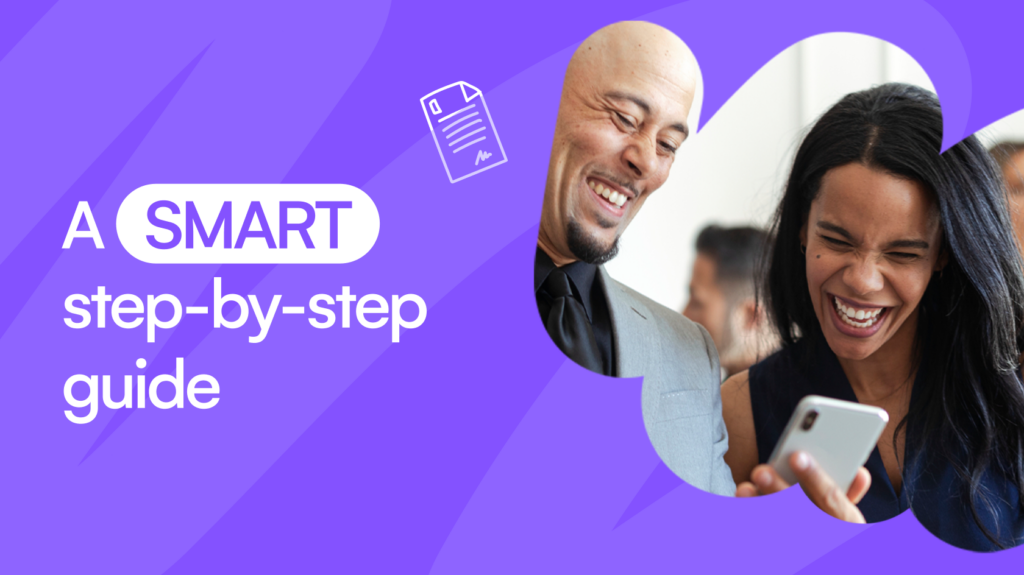Other resources you might be interested in
-

Make your content feel right at home with WeSchool’s latest product updates
From SCORM integration to customisable assessments and our upcoming sleek and stylish templates, these product boosts will empower you to craft engaging learning experiences with ease and flexibility.
-

AI training pro shares secret recipe for creating realistic AI L&D videos
Discover the proven FOCA framework for creating AI training videos that captivate & educate, directly from AI pro, Kevin Alster
-

How to measure the impact of your L&D strategy with the New WeSchool Dashboard
Enhanced L&D analytics dashboard for data-driven decisions, learning optimization, and impact quantification.

Reviews